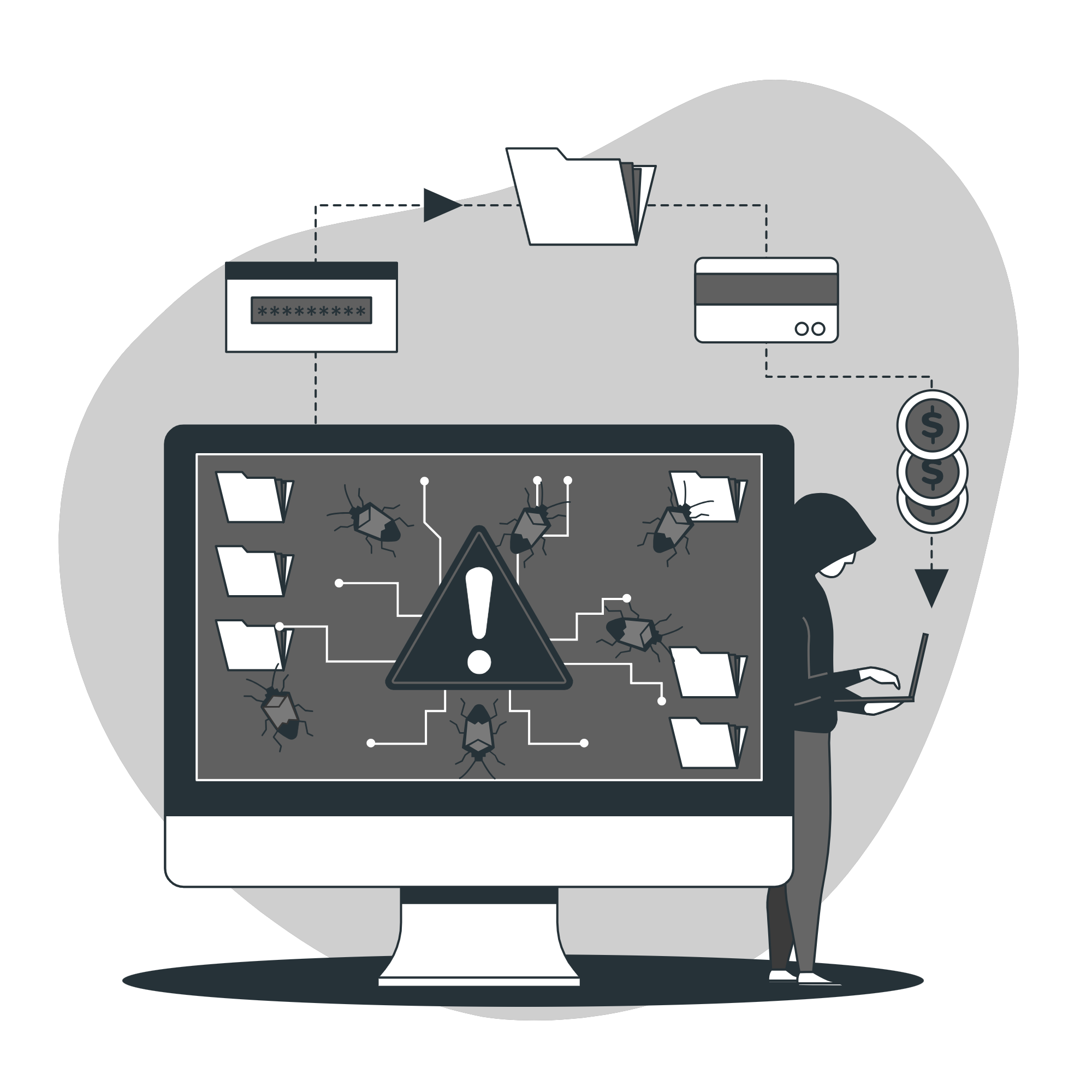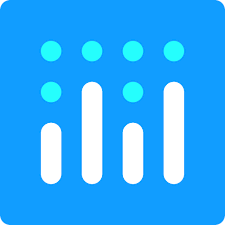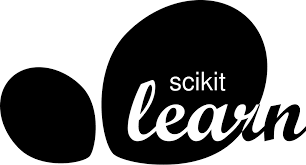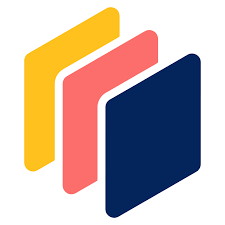
Challenges
-
Unstructured Data Complexity:
- Customer data, including feedback and interactions, was primarily unstructured (e.g., emails, chat logs).
- Extracting meaningful patterns required advanced natural language processing (NLP) techniques.
-
Data Scalability:
- Large volumes of organizational data required a scalable computing framework for preprocessing and analysis.
-
Identifying Churn Signals:
- Determining subtle signals of churn amidst diverse customer behaviors and interactions was complex.
-
Actionable Insights:
- Translating analytical findings into actionable customer retention strategies posed challenges for decision-makers.
-
Visualization and Communication:
- Conveying insights effectively to stakeholders demanded intuitive dashboards and visualizations.













